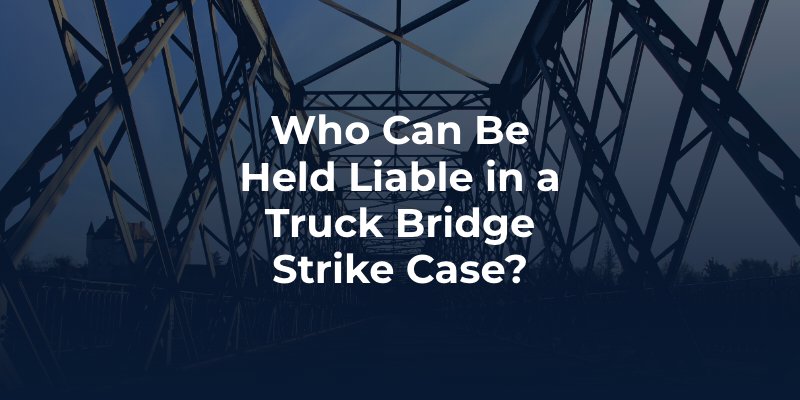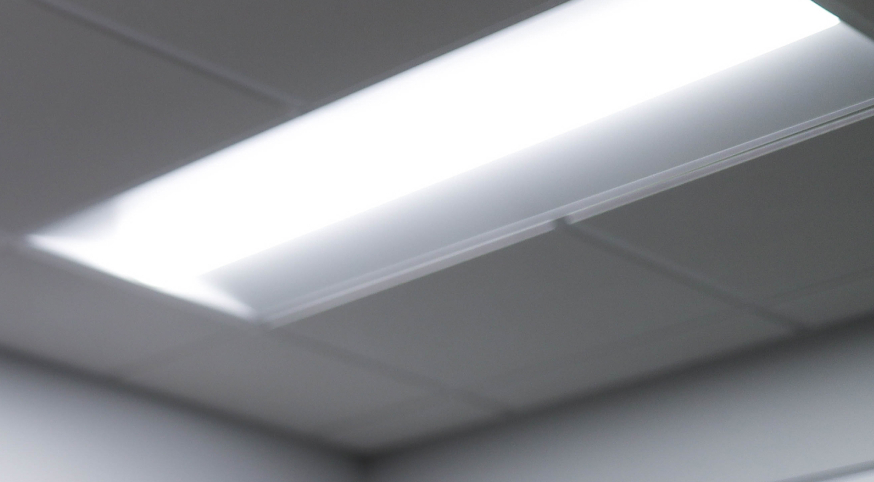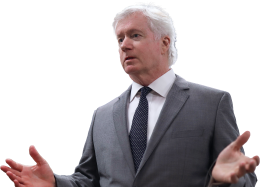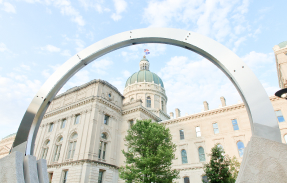Bridge strike accidents happen when a semi-truck hits a bridge or overpass. These truck crashes can result in serious damage to the truck, the bridge, and sometimes to other cars nearby. For people injured in these accidents, it is important to understand how and why they happen. Knowing the reasons behind a bridge strike can help injured victims and their lawyers identify who may be responsible and what evidence is needed to support a personal injury claim.
Common Causes of Bridge Strike Accidents
Bridge strike accidents can happen for a number of reasons. Some of the most common ones that could cause serious injuries and lead to a personal injury claim include:
Improper Clearance Height
When a truck’s cargo or trailer is too tall for the posted bridge clearance, the upper part of the vehicle can hit the bridge, causing major damage and hazards for everyone nearby.
Driver Error
Sometimes drivers miss or ignore clearance signs, misjudge the height of their load, or fail to slow down and check before passing under a bridge, putting themselves and others at risk.
Inaccurate GPS Information
Not all navigation systems are designed for semi-trucks. Relying on regular GPS or outdated data can send drivers onto roads with low overpasses or routes not meant for large vehicles.
Poor Vehicle Maintenance
If a truck’s equipment, like its suspension, tires, or load securement, is faulty or not adjusted correctly, it can make the vehicle sit higher than expected or shift unexpectedly, leading to a crash with a bridge.
Understanding these common causes can help victims and their lawyers find out exactly what went wrong and who may be responsible.
Your Case Will Get
The Attention It Deserves

Consequences of a Bridge Strike Accident
Bridge strike accidents with semi-trucks can have serious and far-reaching effects. Here’s how they can impact people and entire communities:
- Damages to Infrastructure: When a truck strikes a bridge, it can cause structural harm to the bridge itself, as well as to nearby roads and support beams. These repairs can cost local governments and taxpayers hundreds of thousands – even millions – of dollars.
- Injuries and Fatalities: Bridge strikes can lead to life-threatening injuries for the truck driver, others on the road, and people nearby.
- Legal and Financial Impact: Trucking companies may face steep fines, lawsuits, and increased insurance costs due to these crashes.
- Traffic Disruptions: When a bridge is hit, roads are often shut down for investigations and repairs, leading to traffic jams, rerouted vehicles, and long delays for local drivers and businesses.
Understanding these consequences highlights why bridge strikes are taken so seriously and why victims should seek legal help to pursue all available compensation if they are affected by such an accident.

Liability in Bridge Strike Cases
Figuring out who is at fault in a bridge strike accident is important for anyone looking to recover losses after this type of incident. Here are some of the parties who might be held responsible, depending on what happened:
- Truck Driver: Drivers can be liable if they ignore height warning signs, don’t know their truck’s exact clearance, or choose routes that aren’t safe for their vehicle.
- Trucking Company: The company that owns the truck may be responsible if it failed to train drivers, gave faulty route instructions, or neglected to keep vehicles properly maintained.
- Cargo Loaders: If a third party overloaded the truck or improperly secured the cargo, raising the overall height or causing the load to shift, they could be held accountable.
- Navigation Technology Providers: Sometimes the makers of GPS or route-planning apps may be partly liable if faulty information led the truck driver onto a route with low bridges.
- Government Agencies or Road Authorities: Agencies in charge of roads and bridges might share blame if warning signs were missing, unclear, or if construction altered clearance without proper notice.
- Other Injured Drivers: In certain cases, other drivers involved in the crash could have some liability if their own actions contributed to the accident or made their injuries worse – such as by speeding, following too closely, or not reacting to obvious danger signs.
Identifying every possible source of liability gives victims more ways to seek compensation and helps ensure those responsible for bridge strikes are held accountable.


What Happens if an Injured Party is Partially at Fault?
Indiana follows modified comparative negligence when it comes to car and truck accidents, which means that if you’re injured in an accident but are found partially at fault, you can still recover damages as long as your fault does not exceed 50%.
the claimant is barred from recovery if the claimant’s contributory fault is greater than the fault of all persons whose fault proximately contributed to the claimant’s damages.
(b) In an action based on fault that is brought against two (2) or more defendants, the claimant is barred from recovery if the claimant’s contributory fault is greater than the fault of all persons whose fault proximately contributed to the claimant’s damages.
If you are 50% or less responsible, the amount you receive will be reduced by your percentage of fault. For example, if you are 30% at fault for a crash and your total damages are $100,000, you could still recover $70,000. But if you are found 51% or more at fault, you cannot recover any damages under Indiana law.
If you have any questions about this type of accident or need help with a case, contact us today to schedule a free consultation.




